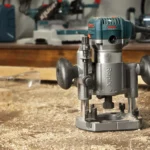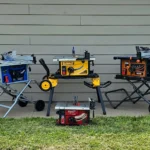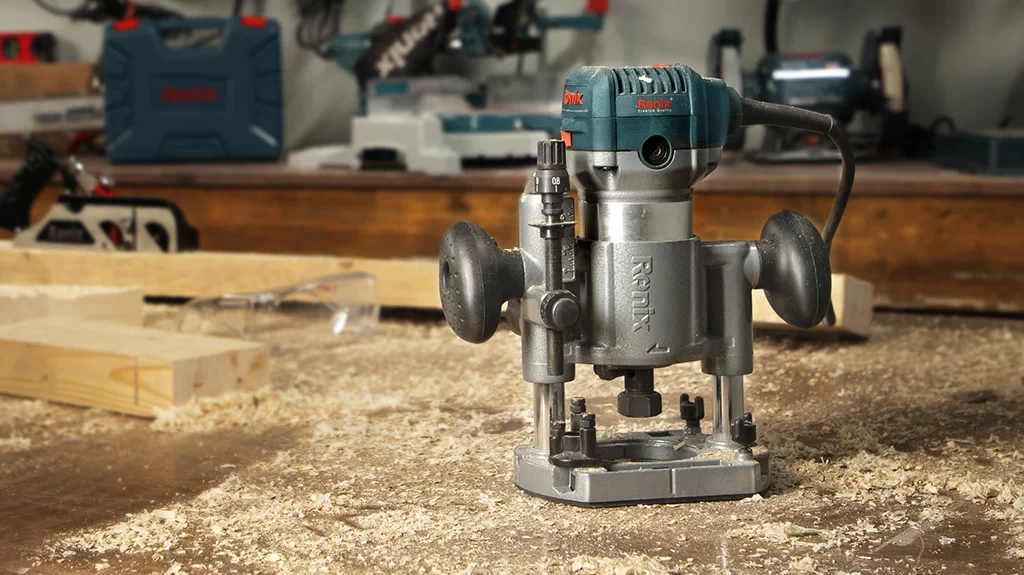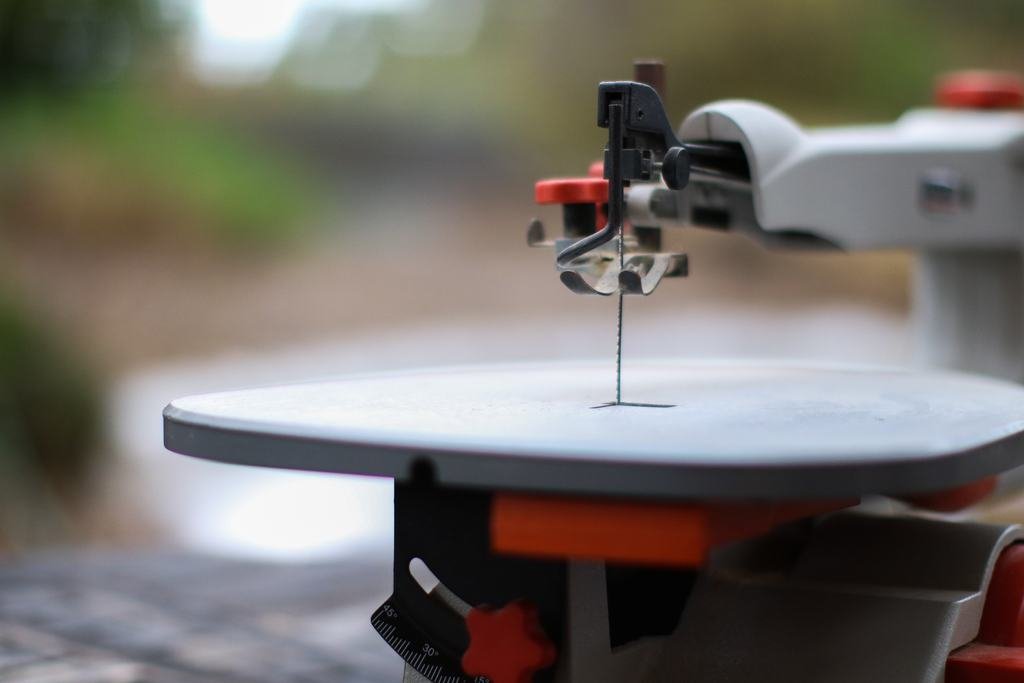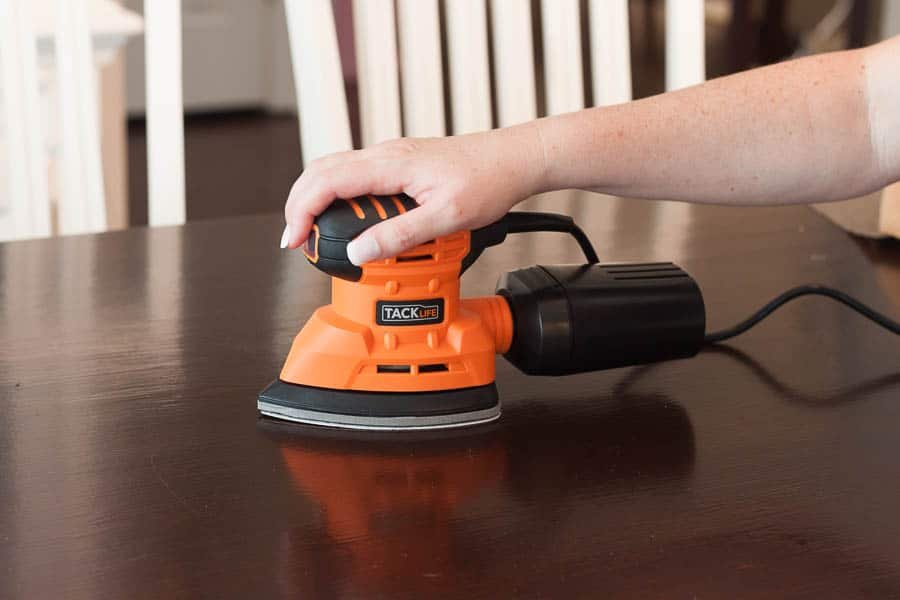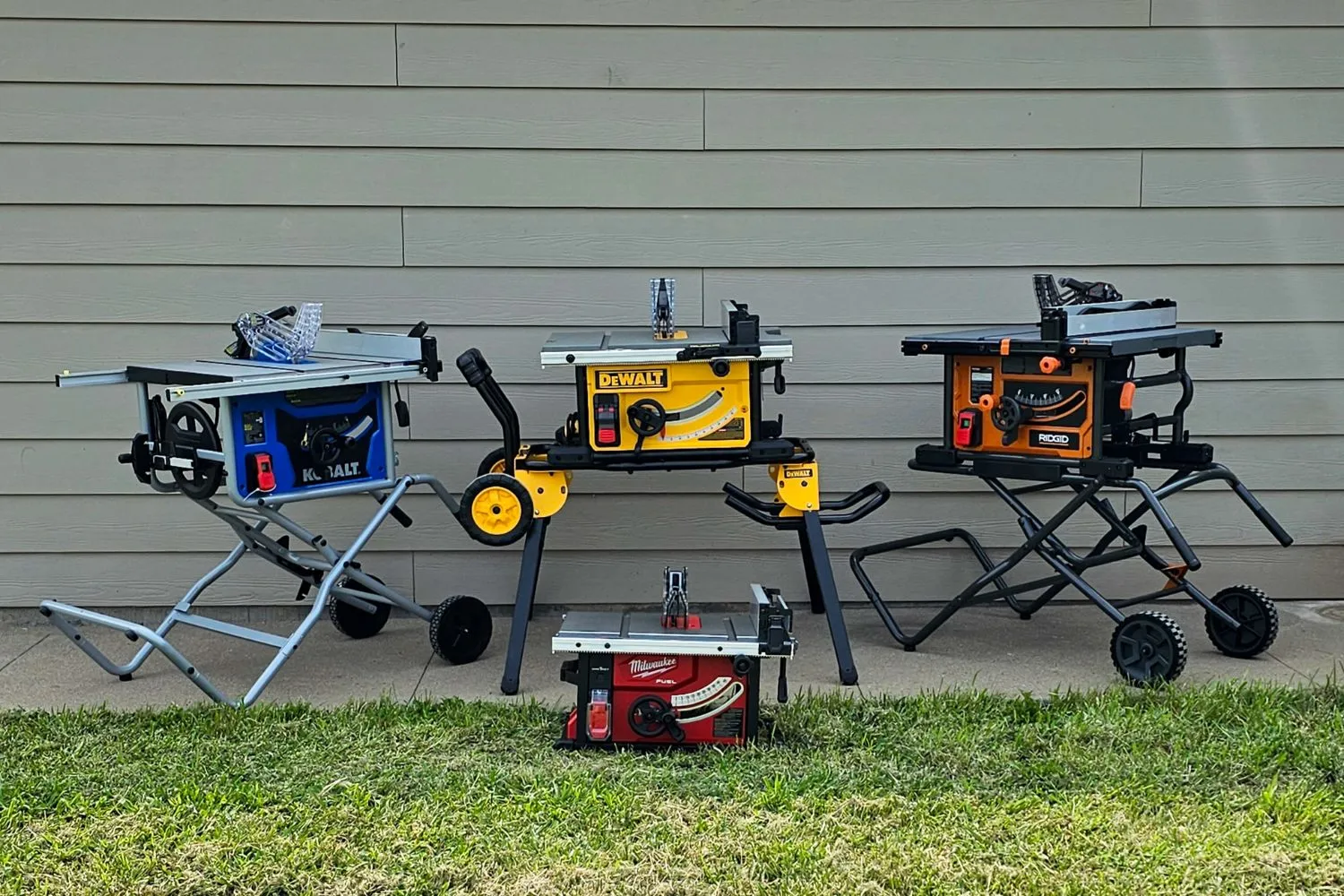A bench sander is a versatile and essential tool in both woodworking and metalworking workshops. It is designed to smooth, shape, and finish materials by using abrasive belts or discs.
Whether you’re crafting furniture, building cabinets, or working on metal projects, a bench sander can significantly enhance the quality and efficiency of your work.
By providing a stable platform and consistent sanding action, this tool allows for precision and control, which are crucial for achieving professional results.
There are several types of bench sanders available, each tailored to specific tasks and materials. The most common varieties include belt sanders, disc sanders, and combination sanders. Belt sanders are ideal for flattening and smoothing large surfaces, while disc sanders excel at shaping and fine-tuning edges.
Combination sanders offer the best of both worlds, featuring both a belt and a disc sander in one unit, making them a versatile choice for a wide range of applications.
When choosing the best bench sander for your workshop, it’s important to consider the type of work you’ll be doing, the materials you’ll be using, and the specific features that will best meet your needs.
Factors such as motor power, belt or disc size, and additional functionalities like adjustable tables or dust collection systems can all influence your decision.
By understanding the different types of bench sanders and their respective advantages, you can make an informed choice that will optimize your workflow and improve the quality of your projects.
Table of Contents
Types of Bench Sanders
When selecting the best bench sander for your workshop, it is crucial to understand the different types available. Each type of bench sander is designed for specific tasks and offers unique features that cater to various woodworking needs.
Here, we will explore four primary types of bench sanders: belt sanders, disc sanders, combination sanders, and spindle sanders.
Belt Sanders: Belt sanders are highly effective for removing large amounts of material quickly. They use a continuous loop of sandpaper that moves around two drums.
This type of sander is ideal for smoothing rough surfaces and leveling uneven boards. Belt sanders are particularly beneficial for large-scale projects where efficiency and speed are paramount.
Disc Sanders: Disc sanders feature a circular sanding disc attached to a flat, stable surface. These sanders are excellent for edge work, beveling, and achieving precise angles.
They provide a smooth finish and are well-suited for both small and intricate tasks. Disc sanders are a popular choice for hobbyists and professionals alike who require accuracy and control.
Combination Sanders: Combination sanders offer the best of both worlds by integrating a belt sander and a disc sander into a single unit. This versatility makes them a valuable addition to any workshop, allowing users to switch between different sanding tasks with ease.
Combination sanders are ideal for those who need to perform a variety of sanding operations without investing in multiple machines.
Spindle Sanders: Spindle sanders are specialized tools designed for sanding curves, contours, and inside edges. They feature a cylindrical drum that moves up and down while spinning.
This motion enables the sander to create smooth, even surfaces on intricate shapes. Spindle sanders are indispensable for furniture makers and anyone working on detailed woodworking projects.
In conclusion, choosing the best bench sander depends on your specific requirements and the nature of your projects. Understanding the unique features and applications of each type will help you make an informed decision and enhance your workshop’s capabilities.
Key Features to Look for in a Bench Sander
When selecting the best bench sander for your workshop, understanding the key features is crucial to making an informed decision. One of the primary considerations is motor power, which directly impacts the sander’s efficiency and capability.
A higher horsepower motor ensures that the sander can handle tougher materials and larger projects without bogging down or overheating.
Speed settings are another critical feature to examine. Variable speed control allows for greater versatility, enabling you to adjust the sanding speed depending on the material and the level of finish required.
This adaptability can be particularly beneficial when working with a variety of woods or when needing to switch between aggressive material removal and fine finishing.
The sanding surface area is also an essential factor. A larger sanding surface allows for more extensive material contact, which can improve efficiency and reduce sanding time. It’s important to consider both the belt and disc sizes if the bench sander includes both options.
Larger belts and discs offer more surface for sanding, which can be advantageous for bigger projects.
Ease of belt or disc change is a feature that can significantly impact your workflow. Look for bench sanders that offer tool-free or quick-change mechanisms, as these can save time and reduce frustration when switching between different grits or replacing worn-out components.
Another important aspect is the dust collection system. A reliable dust collection system not only keeps your workspace cleaner but also improves air quality and reduces the risk of inhaling harmful particles.
Integrated dust ports or vacuum attachments can make a significant difference in maintaining a tidy and safe workshop environment.
Lastly, build quality should not be overlooked. A bench sander constructed with durable materials and a robust frame will ensure longevity and stability during operation.
High-quality components and a well-engineered design contribute to better performance, reduced vibration, and a more pleasant user experience.
By carefully considering these features, you can choose the best bench sander that meets your specific needs and enhances your woodworking projects.
When it comes to choosing the best bench sander for your workshop, several prominent brands stand out, each with its own unique history and reputation for quality and innovation. Among these, Jet, Grizzly, WEN, and RIKON are particularly noteworthy.

Jet
Jet has been a leading name in the power tool industry since its inception in 1958. Known for its commitment to quality and performance, Jet bench sanders are highly regarded for their durability and efficiency.
One of their standout features is the precision engineering that ensures smooth and consistent sanding. Jet’s innovative designs often include advanced dust collection systems, which help maintain a cleaner workspace and prolong the life of the sander.
Grizzly
Grizzly Industrial, established in 1983, is another top contender in the bench sander market. Grizzly is renowned for offering high-quality tools at competitive prices, making them a favorite among both hobbyists and professional woodworkers.
Their bench sanders are known for their robust construction and versatile functionality. Notable features include adjustable sanding belts and tables, which provide greater flexibility for various sanding tasks. Grizzly’s commitment to customer service and product support further enhances their reputation in the industry.
WEN
WEN, founded in 1951, has a long-standing tradition of innovation in power tools. WEN bench sanders are praised for their affordability and reliability, making them an excellent choice for those new to woodworking or on a budget.
The brand is known for incorporating user-friendly features, such as easy-to-change sanding belts and ergonomic designs that reduce user fatigue. WEN’s ability to combine functionality with cost-effectiveness makes their sanders a valuable addition to any workshop.
RIKON
RIKON Power Tools, a relatively newer player established in 2000, has quickly made a name for itself with its high-performance woodworking tools. RIKON bench sanders are distinguished by their powerful motors and sturdy build, ensuring long-lasting performance.
One of RIKON’s notable innovations is the inclusion of variable speed controls, allowing users to adjust the sanding speed for different materials and applications. This feature, along with their emphasis on precision and ease of use, makes RIKON a preferred choice for many woodworkers.
In summary, whether you are seeking precision, affordability, versatility, or innovative features, these top bench sander brands offer a range of options to suit your needs.
By considering the unique strengths and reputations of Jet, Grizzly, WEN, and RIKON, you can make a more informed decision in selecting the best bench sander for your workshop.
Best Bench Sanders for Different Applications
When it comes to selecting the best bench sander for your workshop, it’s crucial to consider the specific tasks you will be undertaking. Different applications demand distinct features and capabilities.
Below, we recommend top models for heavy-duty woodworking, fine finishing, metalworking, and hobbyist projects, along with their pros and cons to help you make an informed decision.
Heavy-Duty Woodworking
For heavy-duty woodworking, the Jet J-41002 Bench Belt and Disc Sander stands out. This model offers a powerful 3/4 HP motor, ideal for handling large wooden pieces. The combination of a belt and disc sander provides versatility, catering to various sanding needs. Its robust construction ensures durability over time.
Pros:
- High-power motor
- Versatile sanding options
- Durable build
Cons:
- Higher price point
- Bulky size
Fine Finishing
For fine finishing tasks, the WEN 6502T Belt and Disc Sander is an excellent choice. It features a 4.3-amp motor, offering sufficient power for detailed work without being overly aggressive. The adjustable belt can tilt up to 90 degrees, making it suitable for intricate sanding jobs.
Pros:
- Adjustable belt angle
- Moderate power suitable for fine work
- Affordable
Cons:
- Not ideal for heavy-duty tasks
- Limited durability
Metalworking
In metalworking, the Grizzly G1014Z Combination Sander is highly recommended. It comes with a 3/4 HP motor and a sturdy cast iron base, ensuring stability during operation. The sander is equipped with a graphite-coated platen, reducing heat and wear, which is essential when working with metals.
Pros:
- Sturdy construction
- Graphite-coated platen
- Versatile for metal applications
Cons:
- Heavier and less portable
- Higher maintenance
Hobbyist Projects
For hobbyists, the Rikon 50-151 Belt with 5″ Disc Sander is a perfect fit. This compact bench sander is designed for light-duty tasks, featuring a 1/3 HP motor. Its small footprint makes it ideal for small workshops or limited spaces. Despite its size, it offers excellent performance for various hobbyist applications.
Pros:
- Compact size
- Affordable
- Easy to use
Cons:
- Limited to light-duty tasks
- Less powerful motor
Choosing the best bench sander for your specific needs can significantly enhance your productivity and the quality of your work. Each of these models offers unique advantages tailored to different applications, ensuring you find the perfect fit for your workshop requirements.
Maintenance and Safety Tips
Maintaining your bench sander is crucial to ensure its longevity and optimal performance. Regular maintenance not only extends the life of the machine but also guarantees that it operates safely and efficiently. Below are some essential maintenance and safety tips to keep your bench sander in top condition.
Firstly, frequent cleaning is vital. Dust and debris can accumulate on the sander, impacting its performance. After each use, make sure to clean the sanding belt and disc with a vacuum or a soft brush.
For a more thorough clean, occasionally remove the sanding belt and wipe down all surfaces, including the motor housing, with a damp cloth. It’s essential to ensure that the machine is unplugged before performing any cleaning tasks to avoid accidental starts.
Regular checks are equally important. Inspect the sanding belt for wear and tear, and replace it as needed. A worn-out belt can decrease the efficiency of your bench sander and may even damage your workpieces.
Additionally, check the alignment of the belt and disc to ensure they are parallel to the sanding table and fence. Misaligned components can lead to uneven sanding and potential accidents.
Another critical aspect of maintenance is part replacement. Over time, the bearings and drive belt may wear out. Listen for unusual noises during operation, which can indicate bearing problems.
If you notice any, it’s time to replace the bearings. Similarly, if the drive belt shows signs of wear or slipping, replace it promptly to maintain the best bench sander performance.
Safety should always be a priority when operating a bench sander. Always wear protective gear, including safety goggles, hearing protection, and a dust mask. This equipment protects you from flying debris, loud noises, and dust inhalation.
Ensure that the work area is well-lit and uncluttered to avoid accidents. Additionally, always handle the sander with care, keeping fingers and loose clothing away from the moving parts.
Following these maintenance and safety tips will help you keep your bench sander in excellent working condition, providing you with consistent, high-quality results while ensuring a safe working environment.
DIY Projects Using a Bench Sander
Bench sanders are versatile tools that can significantly enhance the quality and precision of your DIY projects. Below, we explore a few project ideas that highlight the utility of the best bench sander, from simple crafts to more intricate furniture pieces.
One exciting project you can undertake is creating a custom wooden picture frame. To start, you’ll need wooden strips, wood glue, clamps, and your bench sander.
Begin by cutting the wooden strips to the desired lengths and angles. Use wood glue to assemble the frame, securing it with clamps until the glue dries.
The bench sander comes into play to smooth out the edges and surfaces, ensuring a professional finish. Sanding not only enhances aesthetics but also prepares the frame for staining or painting.
Another rewarding project is crafting a personalized cutting board. Gather a selection of hardwoods like maple, walnut, and cherry. Cut the wood into strips and arrange them in a pattern that appeals to you.
Glue the strips together and clamp them securely until the glue sets. Once dry, use your bench sander to even out the surface and edges. The sander’s precision ensures a smooth, splinter-free finish, making the cutting board both functional and visually appealing.
For those looking for a more advanced challenge, consider building a small wooden stool. Materials required include hardwood planks, screws, wood glue, and your trusty bench sander. Start by cutting the planks to size for the seat, legs, and supports.
Assemble the stool using screws and wood glue. The bench sander is essential here for refining the edges and surfaces, ensuring all pieces fit together seamlessly and providing a polished look. Sanding also prepares the wood for any finishing touches, like staining or varnishing.
These projects illustrate how the best bench sander can be an indispensable tool in your workshop. Whether you’re smoothing out edges, preparing surfaces, or ensuring a professional finish, this versatile tool helps bring your DIY visions to life with precision and ease.
Conclusion and Final Recommendations
Throughout this guide, we’ve delved into the essential aspects of selecting the best bench sander for your workshop. From understanding the various types of bench sanders and their specific uses to evaluating critical features such as motor power, belt speed, and ease of adjustment, each section has provided valuable insights to aid in your decision-making process.
Choosing the right bench sander is crucial for achieving optimal results in your woodworking projects. Whether you’re a professional craftsman or an enthusiastic hobbyist, your selection should align with your specific needs.
For heavy-duty tasks, a robust, high-powered sander with a wide belt may be ideal. Conversely, for intricate, detailed work, a lighter, more precise model might be more suitable.
Budget considerations are also paramount. While it might be tempting to go for the most affordable option, investing in a quality bench sander can save you time and money in the long run by delivering consistent performance and durability.
It’s essential to strike a balance between cost and functionality, ensuring the sander you choose meets your requirements without compromising on quality.
We recommend evaluating your workshop’s demands and the type of projects you typically undertake. By doing so, you can make an informed decision that enhances your productivity and craftsmanship. If you have specific preferences or needs, look for features that cater to those, such as adjustable tables, dust collection ports, and variable speed controls.
We invite you to share your experiences with different bench sanders in the comments below. Your insights could help fellow readers make better choices.
Additionally, if you have any questions or need further clarification on choosing the best bench sander, feel free to ask. Engaging with the woodworking community can provide additional perspectives and recommendations to fine-tune your selection process.
